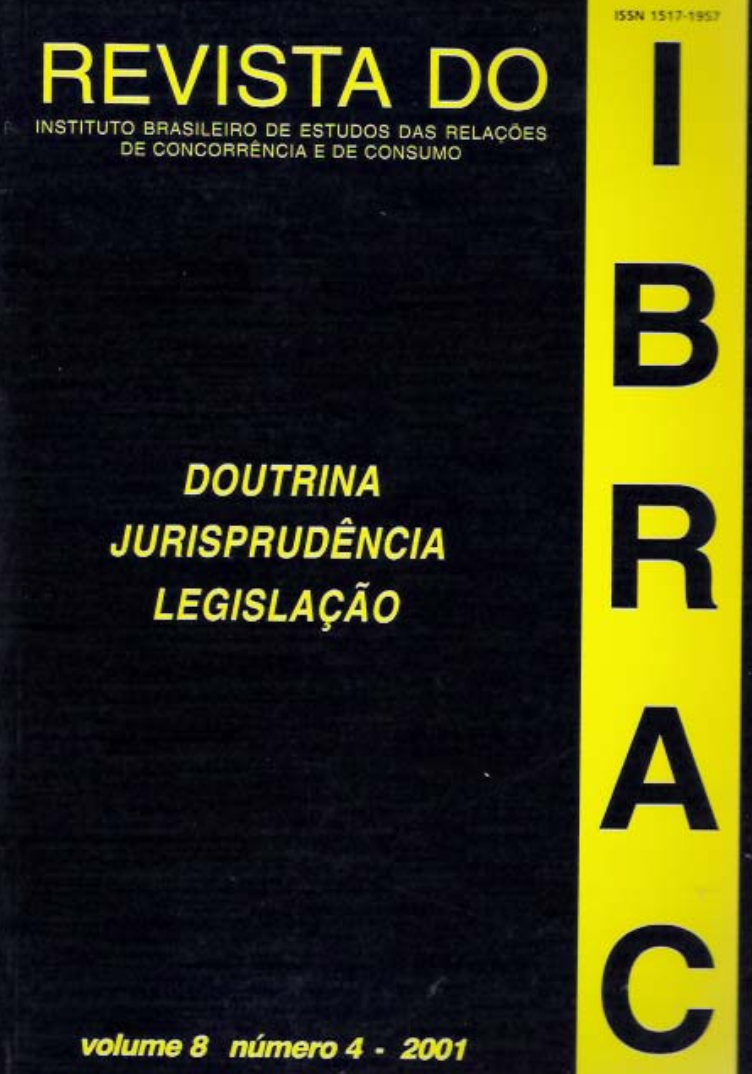Prolegômenos da economia da defesa da concorrência
Conteúdo do artigo principal
Resumo
Ao longo da década de 1980, testemunhou-se uma tendência mundial em direção à liberação do comércio e de ênfase nas forças
de mercado em detrimento da direção do estado como meio de determinar a produção e distribuição de bens e serviços. O momento simbólico da falência da economia planificada foi a queda do muro de Berlim, mas, desde a década de 1970, se observava um dinamismo maior nas economias de mercado.
Downloads
Detalhes do artigo

Este trabalho está licenciado sob uma licença Creative Commons Attribution 4.0 International License.
Referências
AKERLOF, G. “The Market for Lemons”, Quarterly Journal of Economics, vol. 84, 1970.
AUDRETSCH, D. “Legalized Cartels of West German”, Antitrust Bulletin, Fall, pp. 579-600, 1989.
BONER, Roger e KREUGER, Reinald. “The Basics of Antitrust Policy”, World Bank Technical Paper, no. 160, 1991.
FISHWICK, F. “Definition of Monopoly Power in the Antitrust Policies of the United Kingdom and the European Community”, Antitrust Bulletin, Fall, 1989.
IEYORI, A, e UESUGI, H. The Antimonopoly Laws of Japan, Federal Legal Publications, 1983.
SCHERER, F. Industrial Market Structure and Economic Performance, 2nd edition, Rand McNally, pp 4-5, 1980.
SPENCE, A. M. “The Learning Curve and Competition”, Bell Journal of Economics, vol. 12 (1), Spring, 1981.
TARR, D. “A General Equilibrium Analysis of the Welfare and Employment Effects of US quotas in Textiles, Autos and Steel”, Bureau of Economics Staff to the Federal Trade Commission, February 1989.
VISCUSI, W, VERNON, John e HARRINGTON, Joseph. Economics of Regulation and Antitrust, 2a. ed., 1995.
YAMAWAKI, H. “A Comparative Analysis of Intertemporal Behavior of Profits: Japan and the United States”, Journal of Industrial Economics, 37, June, 1989.

